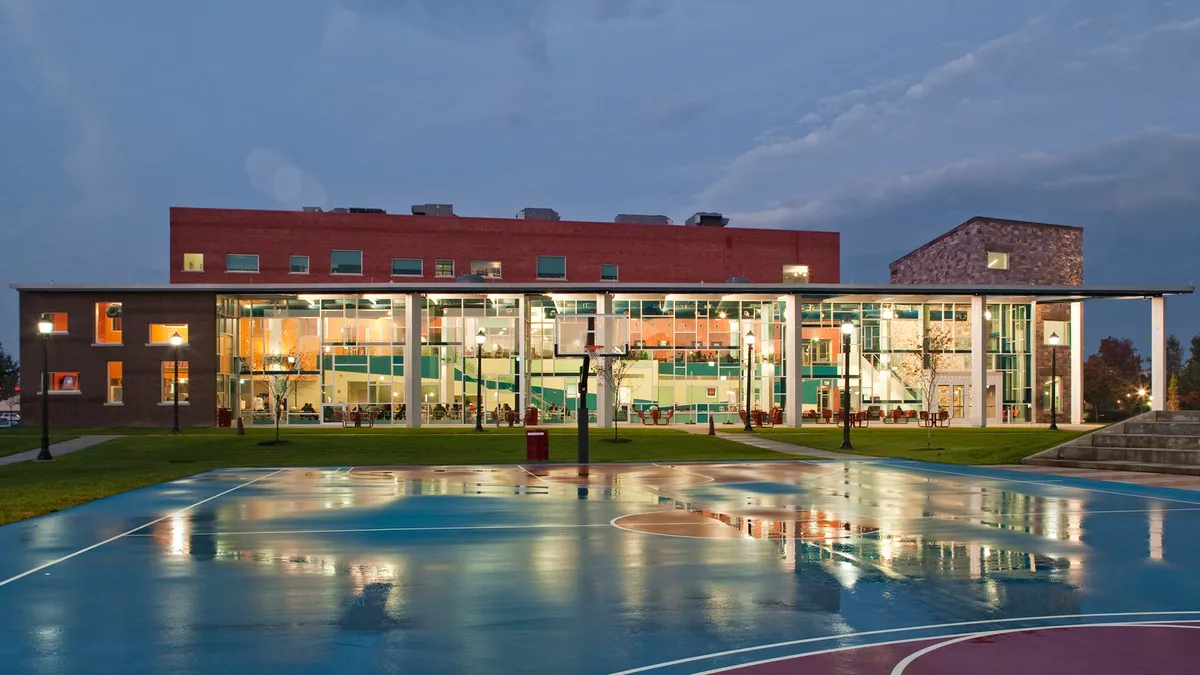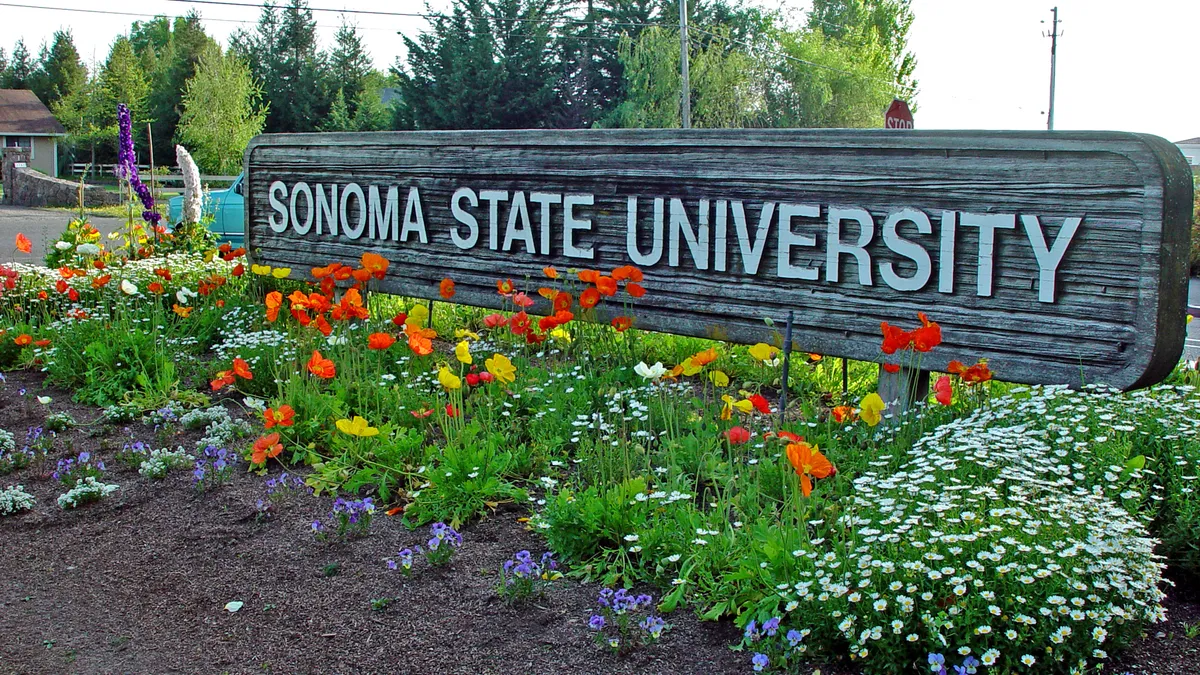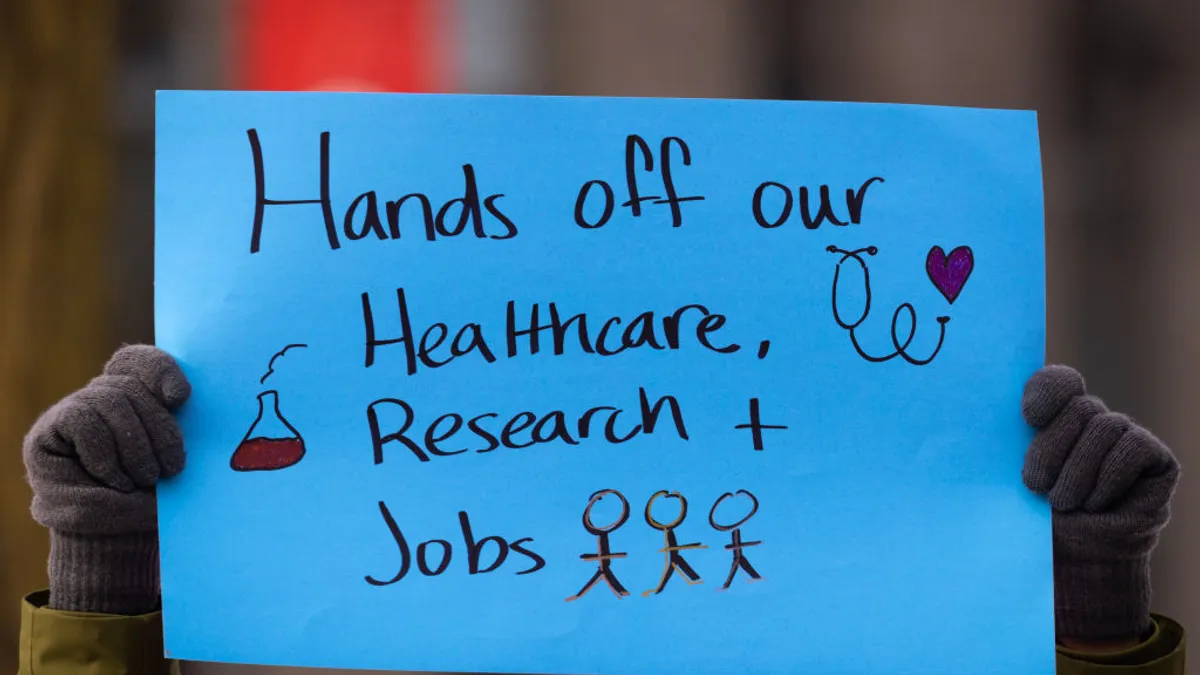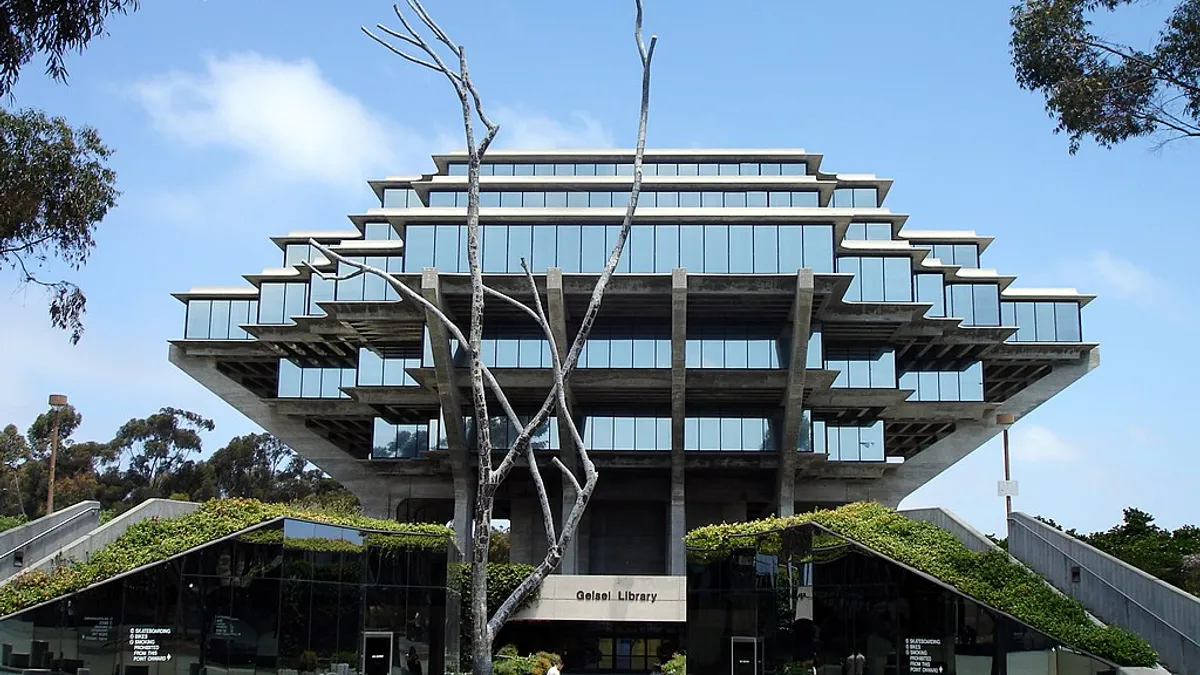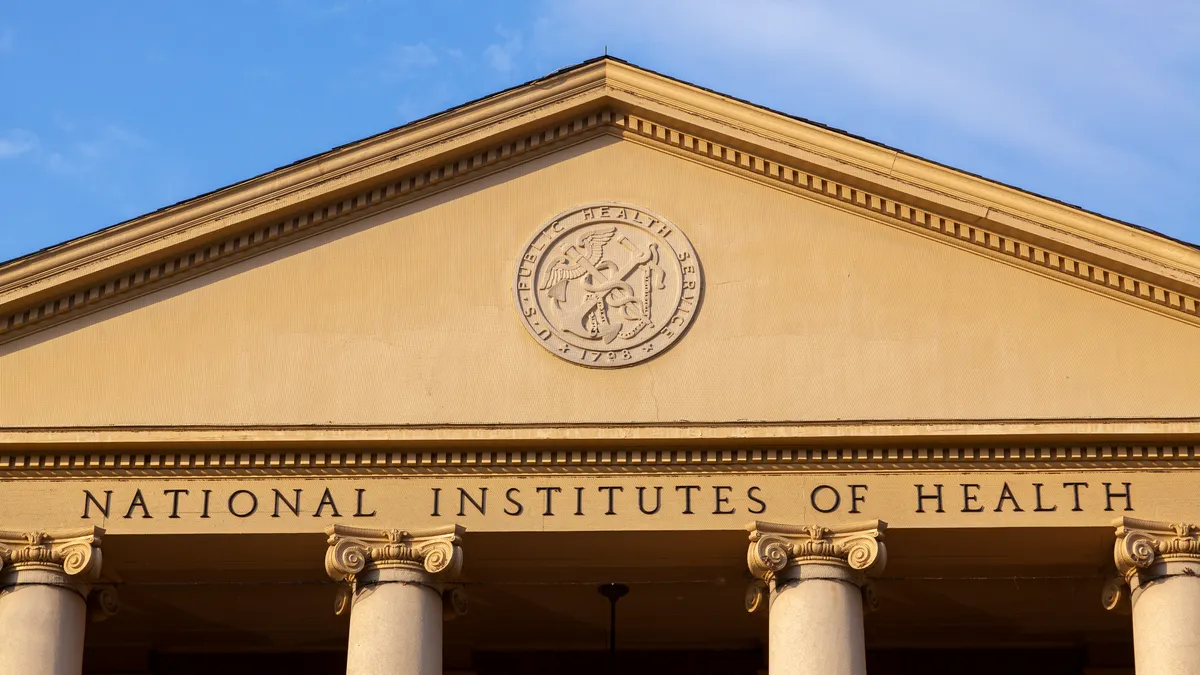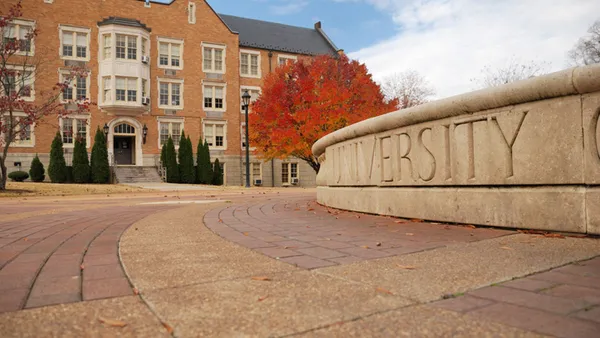Top officials at Palo Alto College received a strange email late last year. The sender said they were interested in making an investment in the Texas community college, but the email didn't include a company logo, address or phone number.
"In today's climate, you think it's more than likely a phishing email," said Palo Alto President Robert Garza.
When Garza finally decided to talk over the phone with the sender, he learned it wasn't a scammer but rather a representative for billionaire philanthropist MacKenzie Scott, who was interested in donating $20 million to the college — its largest one-time gift yet.
"I thought we broke up, (that) I didn't hear correctly," Garza said. "Community colleges like ours, particularly on the south side of San Antonio, where we do some transformational work, often do not receive gifts like this."
Palo Alto is one of 42 colleges that received a donation last year from Scott, who grabbed headlines when she revealed in a December blog post that she had given away more than $4.1 billion of her fortune. Her team singled out 384 organizations that had "strong leadership teams and results," with an emphasis on those without much access to charitable donations, she wrote. She also donated to more than 100 other organizations earlier in the year.
She gave the money with "no strings attached" — a rarity in the higher education fundraising world. Altogether, colleges received more than $800 million from Scott, with individual gifts ranging from $1 million to $50 million, according to Higher Ed Dive's analysis of press releases and local media reports.
Moreover, colleges typically spend years nurturing relationships with so-called megadonors before they land large gifts, the vast majority of which are reserved for specific purposes.
"Scott's gifts are certainly an anomaly compared to the typical way that institutions receive transformational gifts," said Brian Flahaven, vice president of strategic partnerships at the Council for Advancement and Support of Education.
While some of the colleges that received money from Scott have already earmarked funds for their biggest goals, officials are largely still working out how to spend the massive and unexpected donations.
"We are not going to just jump in and make a decision of what to do with that money," said Leah Barrett, president of Northeast Community College, in Nebraska, which received $15 million from Scott. "We need to be thoughtful and be good stewards of that gift and spend time talking about how it can make the most impact."
What to do with 'transformational' gifts
Elite colleges tend to snag the largest donations. But Scott's gifts went to schools that often get overlooked by megadonors.
More than half of her gifts to higher education went to historically Black colleges, at least six went to Hispanic-serving institutions and six went to tribal colleges. For more than two dozen schools, the donations were their largest ever or from a single donor, according to Higher Ed Dive's analysis.
"As the institutions get that money, they will step back and go, 'I've been walking with my head down for the last 50 years because I've been successful enough to keep going — we've met all our financial needs, we've met all our student needs — but we've never had an opportunity to really dream big,'" said Howard Bell Jr., a consultant with the National Association of College and University Business Officers.
While colleges are still hammering out how they will spend their donations, some said they used their strategic plans to guide their early initiatives. Bell agrees with that approach, noting that institutions with large shares of low-income students may direct the donations toward scholarship funds, while schools looking to increase virtual instruction after the pandemic will want to invest in online education.
Officials at Mount Saint Mary's University, a women's college in Los Angeles, were in the final stages of writing the college's five-year plan when they learned of Scott's $15 million donation.
"This really provides funds — much-needed funds — to fuel some of that plan, to really launch a lot of the initiatives we believe are so important to our students and to our future," said Mount Saint Mary's President Ann McElaney-Johnson. "Our struggle was, ‘How will we fund this dream?'"
The school will put some of Scott's donation toward its goal of advocating for racial justice, including by holding training for students and staff. It also plans to use some of the funds to launch programs that will prepare workers for roles needed in the surrounding community.
"This really provides funds — much-needed funds — to fuel some of that plan, to really launch a lot of the initiatives we believe are so important to our students and to our future."

Ann McElaney-Johnson.
President, Mount Saint Mary's University
Delaware State University, a public HBCU, is similarly putting some of the $20 million it received toward its existing goals, including its ongoing acquisition of Wesley College, a nearby private liberal arts college, and the development of a global institute for equity and civil rights.
"Things like this donation give you the opportunity to execute on these great ideas," said Cleon Cauley, the university's chief operations officer.
Palo Alto College was gearing up to launch a new awareness program when officials learned of Scott's donation. Called Educate South, the initiative aims to build a college-going culture throughout the southern San Antonio region from birth.
As part of that work, Palo Alto plans to work with local hospitals to congratulate parents every time a child is born, provide families with scholarships for summer camps on campus and help high school students earn dual credit.
"Those things require resources," Garza said, adding that Scott's donation "really opened the doors for a larger-scale start."
A new era of giving?
Only a sliver of big gifts to higher education are unrestricted. Just 6.4% of donations to colleges in the 2020 fiscal year were unrestricted, according to CASE.
Yet colleges can struggle to raise money for certain goals.
"When I talk about boilers and chillers, it's difficult to ask someone to help support those types of initiatives," said Aminta Breaux, president of Bowie State University, an HBCU in Maryland that is putting the majority of its $25 million gift from Scott toward its endowment. "This allows us to take care of some of those (projects) that we otherwise would not have the funding, nor would you be able to get support for."
Some experts and college leaders are hopeful Scott's donations will usher in other big, unrestricted gifts. But they note that the schools will need to demonstrate that they put the money to good use.
"Scott's gifts are certainly an anomaly compared to the typical way that institutions receive transformational gifts."

Brian Flahaven
Vice president of strategic partnerships, CASE
Bowie State, for instance, already tracks whether it is achieving the goals outlined in its strategic plan, which is being used to guide how the Scott donation is used. Important metrics to track include how many students receive scholarships from the funds and how many programs the school can launch with the money, Breaux said.
And Mount Saint Mary's gives updates to all of its donors about the impact their gifts make on campus. The university plans to update the broader community on how it is using Scott's donation.
Colleges that use the gifts to fulfill their goals could spur other donors to consider investing in them. "As the donor made very clear, this is to be seen as the impetus for others to give," Breaux said of Scott's directive. "It was not intended to be the be-all and end-all."



